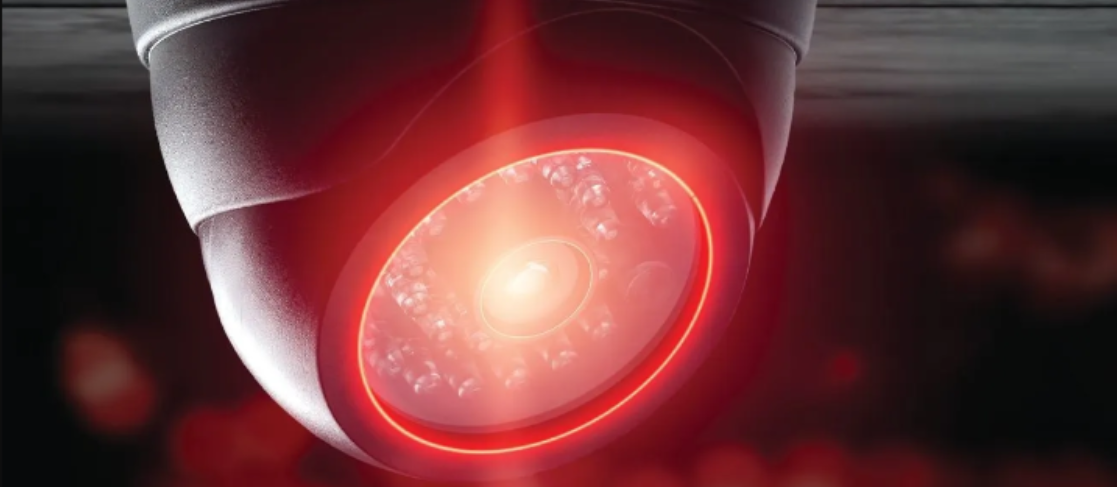Future-proof Facilities
Optimizing Indoor Environments

Could policymakers, planners and architects inspired by the digital world learn from cybersecurity to make the built environment more resistant to these manifold, real-world viral threats – including a virus like COVID-19? This digitally inspired approach is the revised method that authors Naglaa A. Megahed and Ehab M. Ghoneim propose in their article “Antivirus-built Environment: Lessons Learned From COVID-19 Pandemic.” Could indoor spaces be designed with transmission prevention in mind? Can architects, FMs and other built environment professionals plan and install an antivirus-built environment ready to help protect from the coronavirus or other pandemics?
Why the built environment matters
The COVID-19 pandemic accelerated society’s understanding of the link between healthy buildings and human well-being. The rapid spread of the virus caused many in the architectural community to reevaluate their life’s work. Some architects and designers have seriously reconsidered the implications of designing for a world that will never be quite the same, especially when it comes to gathering in and using large public spaces, like airports, hotels, hospitals, gyms and offices.
Humans spend an average of 21.6 out of 24 hours a day – 90 percent of their lives – indoors. More than any other type of space, the indoor built environment is human beings’ natural habitat. And how healthy is that natural habitat?
It has become apparent that the concentrations of some airborne pollutants are 2 to 5 times higher indoors than in outdoor concentrations. Any individual sitting in a typical home, office building or school can expect that 3 percent of the air they breathe in at any given time was just in the lungs of other room inhabitants. Every day, humans inhale one another’s exhalations: the respiratory backwash whenever people take a breath in a shared space. When it comes to potable water, most people would agree that no person purposefully wants to be drinking backwash or otherwise contaminated water. Water standards ensuring cleanliness and drinkability have been around since the mid-1700s. What would happen if those same high standards were actively applied to the air humans breathe and the surfaces humans touch in the indoor environments where they spend most of their time?
Dr. Joseph Allen of the Healthy Buildings program at Harvard University’s School of Public Health underscores why society needs to extend high standards of cleanliness to humans’ natural habitat. He suggests that as conditions change, the tools and how they are used must also evolve. The benefits of investing in indoor environmental quality (IEQ) are clear. Researchers at the Lawrence Berkeley National Laboratory have estimated that the combined potential annual economic benefit of improved IEQ could be up to US$20 billion. Studies have found that enhanced ventilation can have measurable impacts on the performance of occupants in indoor environments. Research demonstrates that ventilation (bringing outdoor air indoors) has significant benefits for workers' health, comfort and productivity. One study showed that for each two-fold increase in ventilation rate, performance increased by 1.7 percent on average. Another study found that ventilation improvements alone can lead to a 3 percent productivity boost from improved health and a 1 percent payroll effect.
Numerous IEQ studies demonstrate that built environment quality has significant implications for organizations. The built environment matters because it directly impacts employee and building occupant performance and, by extension, organizations’ bottom lines. Said another way, an investment in the built environment can yield significant returns.
Healthy buildings principles
Several principles have crystallized into the Healthy Buildings movement. Originating at the Harvard Chan School of Public Health, this movement summarizes its core tenets into nine foundational concepts:
-
Lighting and views
-
Ventilation
-
Air quality
-
Thermal health
-
Moisture
-
Dust and pests
-
Safety and security
-
Water quality
-
Noise
In their book “Healthy Buildings: How Indoor Spaces Drive Performance and Productivity,” Dr. Allen and his co-author, John D. Macomber summarize how these principles work in concert to improve humans’ natural habitat, the built environment: “Research shows in an objective and reproducible way that our cognitive abilities, health, productivity and well-being are directly impacted by decisions in the engineering, operations and running of our buildings.”
The Healthy Buildings movement points toward a significant shift in how we think about the future of the built environment. To address the nine foundational tenets of healthy buildings, future buildings will need to include smart solutions that integrate sensors and disinfection devices into indoor spaces. This technological integration should also include continuous, autonomous solutions that address air quality and manage the risk of exposure to harmful microorganisms.
The role a UV-C disinfection ecosystem can play
Air quality and effective disinfection are critical components of healthy building practices, and UV-C disinfection can enable both. When combined with space utilization sensors, UV-C disinfection devices can facilitate continuously and autonomously disinfected indoor environments that create safer shared spaces. Dr. Edward A. Nardell, Professor of Global Health and Social Medicine at Harvard Medical School, said effective engineering controls can help make indoor environments truly safer. In his recent Time magazine article, Dr. Nardell encourages building managers and superintendents to consider better ventilation and add an extra protection layer through an upper-room germicidal UV (GUV) system. GUV fixtures have been around for decades and are proven to be safe tools for airborne infection control, although they are surprisingly underused. Their use dates to the 1930s, when researchers placed upper-room GUV fixtures in school classrooms to prevent the spread of measles. These fixtures were also used in U.S. health care settings before the discovery of antibiotics for tuberculosis and vaccines for measles, mumps and rubella. COVID-19 has prompted a resurgence of interest in upper-room UV systems and has also awakened an interest in an even newer, shorter wavelength called far UV. The effectiveness of UV-C to reduce airborne-mediated disease transmission is well established and is completely safe at wavelengths from 215 to 255 nm.
Far UV is the 222 nm spectrum of UV that is equally or more effective against airborne viruses but safe for occupied rooms because it cannot penetrate the outermost layers of skin and the liquid layer covering the surface of the eye. Far UV applications are particularly relevant for occupied spaces with high traffic and high turnover. Furthermore, far UV possesses demonstrable efficacy versus microorganisms. In one study of far UV’s efficacy, researchers found that this form of UV light effectively inactivated aerosolized Staphylococcus aureus in a room-sized chamber. This study also showed that far UV had the potential to be effective against common airborne viruses, such as SARS-CoV-2. The authors recommended the UV wavelength as a solution for reducing airborne disease transmission.
Identifying & managing risk with tech enablement
With the reality of risk an ever-present factor in the built environment, risk mitigation through healthy buildings principles and UV-C disinfection are increasingly essential. In any given indoor environment, humans run the risk of microorganism exposure. “Approximately 60 percent of all human respiratory and gastrointestinal infections caused by viruses are acquired indoors,” said Dr. Carolina Koutras, co-chair of the International Ultraviolet Association (IUVA) Technology and Research on Air and Surfaces Treatment Task Force. This alarming statistic underscores the importance of the indoor environment to human health, and conventional ventilation systems alone are not doing enough to create healthy buildings. The major advantage of continuous air disinfection systems such as upper-room UVGI and far UV is that they safely reduce the burden of viable microbes in real time, without the need to remove, treat and return clean air to the room.
The good news is technology enables better management of the risk inherent in indoor environments. One of the capabilities technology offers is risk modeling to inform better decision making for the built environment. FMs can evaluate the risk of existing airborne disease transmission in any given space. These models also allow for the quantification of various indoor air treatment options. These tools allow managers to test various mitigation options prior to costly and potentially disruptive changes.
The ongoing presence of many illness-causing microorganisms will necessitate permanent solutions in the built environment, particularly post-pandemic. With the help of healthy buildings principles and effective disinfection solutions like UV-C, building owners and occupants can mitigate the inherent risks of sharing spaces on an ongoing basis, both now and in the future.

References
av-test.org/en/statistics/malware/
nationalgeographic.com/science/article/factors-allow-viruses-infect-humans-coronavirus
ncbi.nlm.nih.gov/pmc/articles/PMC7313520/
architecturaldigest.com/story/covid-19-design
rzero.com/the-new-standard-for-healthy-classrooms-fewer-sick-days-better-performance/
epa.gov/report-environment/indoor-air-quality
theatlantic.com/ideas/archive/2021/10/fresh-air-cool-new-office-amenity/620288/
Read more on Operations & Maintenance and Occupancy & Human Factors
Explore All FMJ Topics









